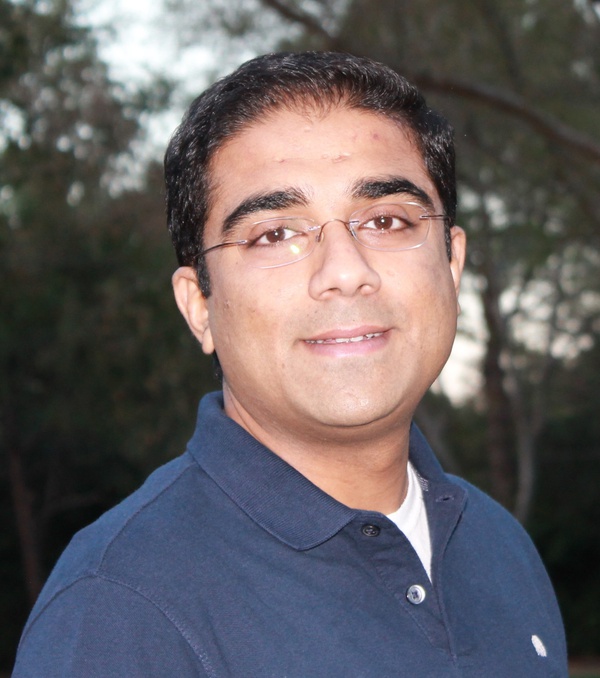
Parth Pathak, an assistant professor of computer science, received a National Science Foundation CAREER award to look at breaking the cycle by using existing technology to create a new high-speed and low-power solution to expand the capabilities in wireless connectivity.
Wireless connectivity on our smartphones, wearables, and laptops keeps us connected to everyone, but it often ties us to outlets as our devices recharge. The faster our search results come in, the more energy-hungry our digital devices become, creating a tradeoff of speed for energy efficiency.
But this divergence is limiting. A low-power and high-speed solution would allow everyday items to be added to the wireless network, like our water bottles, pens, notebooks—the possibilities are endless. “This is the vision of the internet of things, to have the things we see around us connected,” says Pathak.
His work entitled, “CAREER: Unifying Millimeter-wave Networking and Sensing Using Commodity Backscatter” uses backscattering techniques to reflect high speed 5G signals. Backscatter objects, like EZ passes and RFIDs, don’t have their own independent way of communicating. Instead, when another device transmits, they take that signal coming in, modify it, and communicate back, says Pathak.
Since objects would reflect a signal instead of transmitting one on their own, it drastically reduces the energy it needs, says Pathak. “Think of it like using a mirror. When there is sunlight, the sun is transmitting, and I use a mirror with two sides – reflecting or not – to send that sunlight to you, forming a stream of 0s and 1s. The mirror is not using much energy, except for flipping sides or producing any signal. It is intuitively backscattering an existing signal.”
In this case, the sunlight is a 5G network signal, which transmits information over millimeter-wave wireless signals. Millimeter-waves are a part of the electromagnetic spectrum that are high frequency and high speed, but they also pose some challenges.
“Since the millimeter-wave signals are so high frequency, it is challenging to ensure the right balance between energy and speed,” says Pathak. So, he and his research team are developing new algorithms and protocols specifically for these high-speed wireless networks.
Because their work uses existing infrastructure such as the 5G cellular and the next-generation WiFi networks, it would also be low-cost and easily implemented. “We are creating a very efficient and cost-effective way of expanding the possibilities of wireless,” says Pathak.
“We are rapidly becoming a society centered around ubiquitous wireless communication and sensing, but the pace of change is hampered by the power consumption needs of wireless devices. Parth’s research will tackle this challenge through an innovative approach to exploiting reflected 5G network signals for important low-power sensing applications such as proximity detection and contact tracing,” says Department of Computer Science chair David Rosenblum.
https://cec.gmu.edu/news/2021-08/expanding-internet-things
